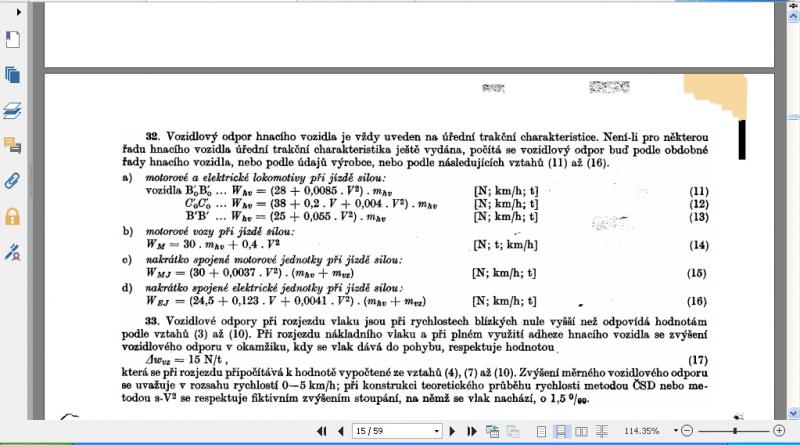 Jean-Paul, on 04 March 2018 - 01:21 PM, said:
Jean-Paul, on 04 March 2018 - 01:21 PM, said:
After restoration, and download of a new Microsoft update, I could discover that this problem of illogical wheelslip had completly disappeared. Now, sanding is efficient, and it's possible to open completly regulator with 0 % cutoff without any wheelslip. Similarly, cylinders cocks are normally efficient. I think this M'soft temporar "bug" affected, in fact, ability of my computer to execute multitask works.
I assume that this means that the OR calculations are now confirmed as correct?
Does this also mean that the calculations associated with the Davis friction values raised in this thread have also been confirmed as correct?
Thanks

 Log In
Log In Register Now!
Register Now! Help
Help






